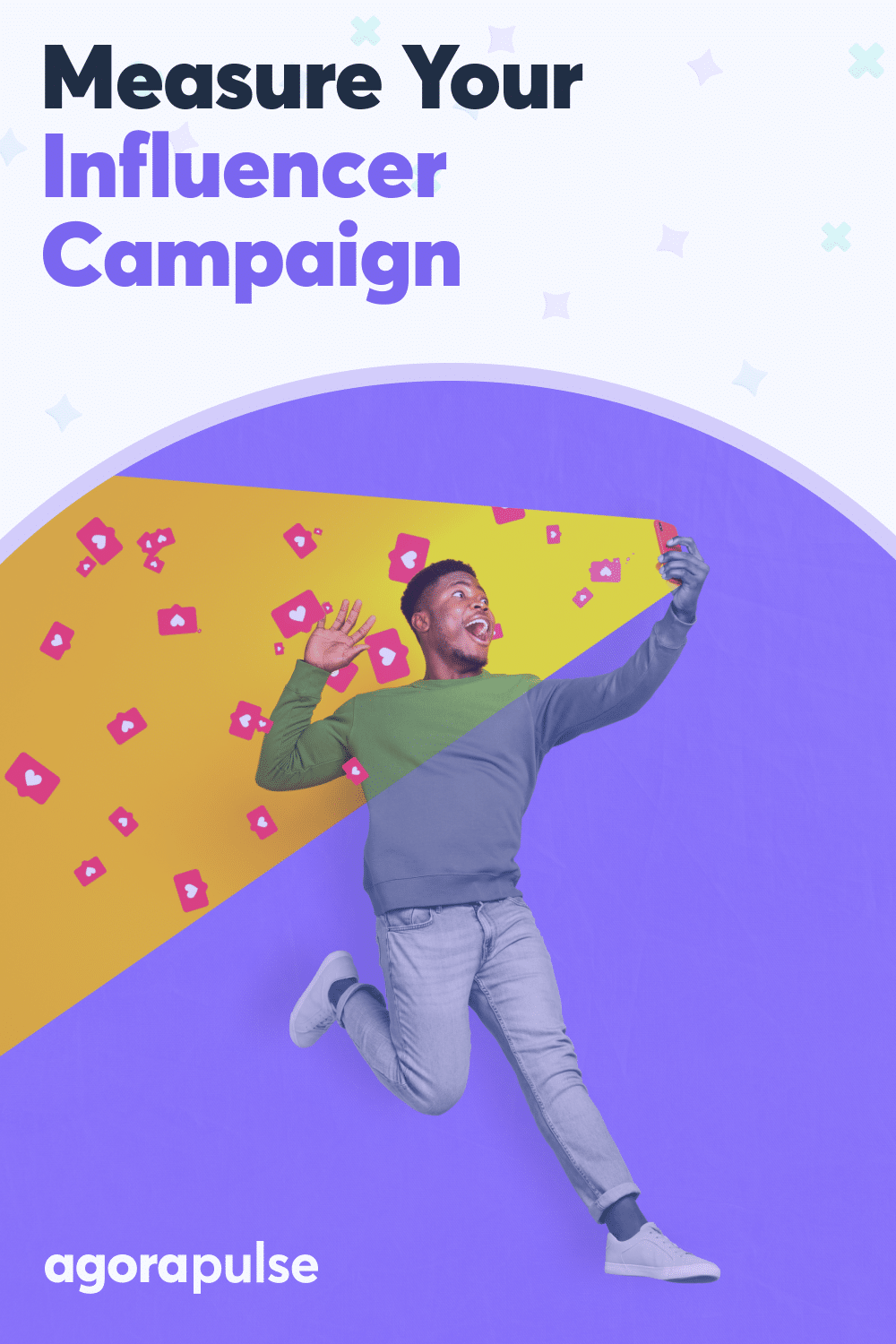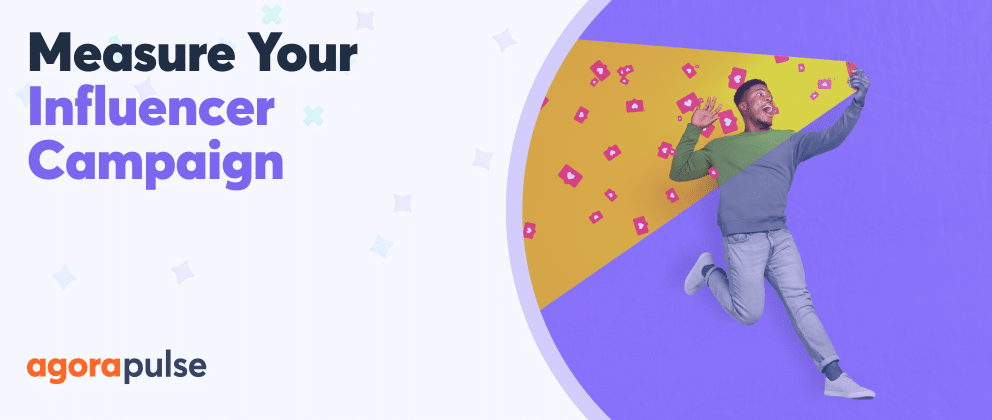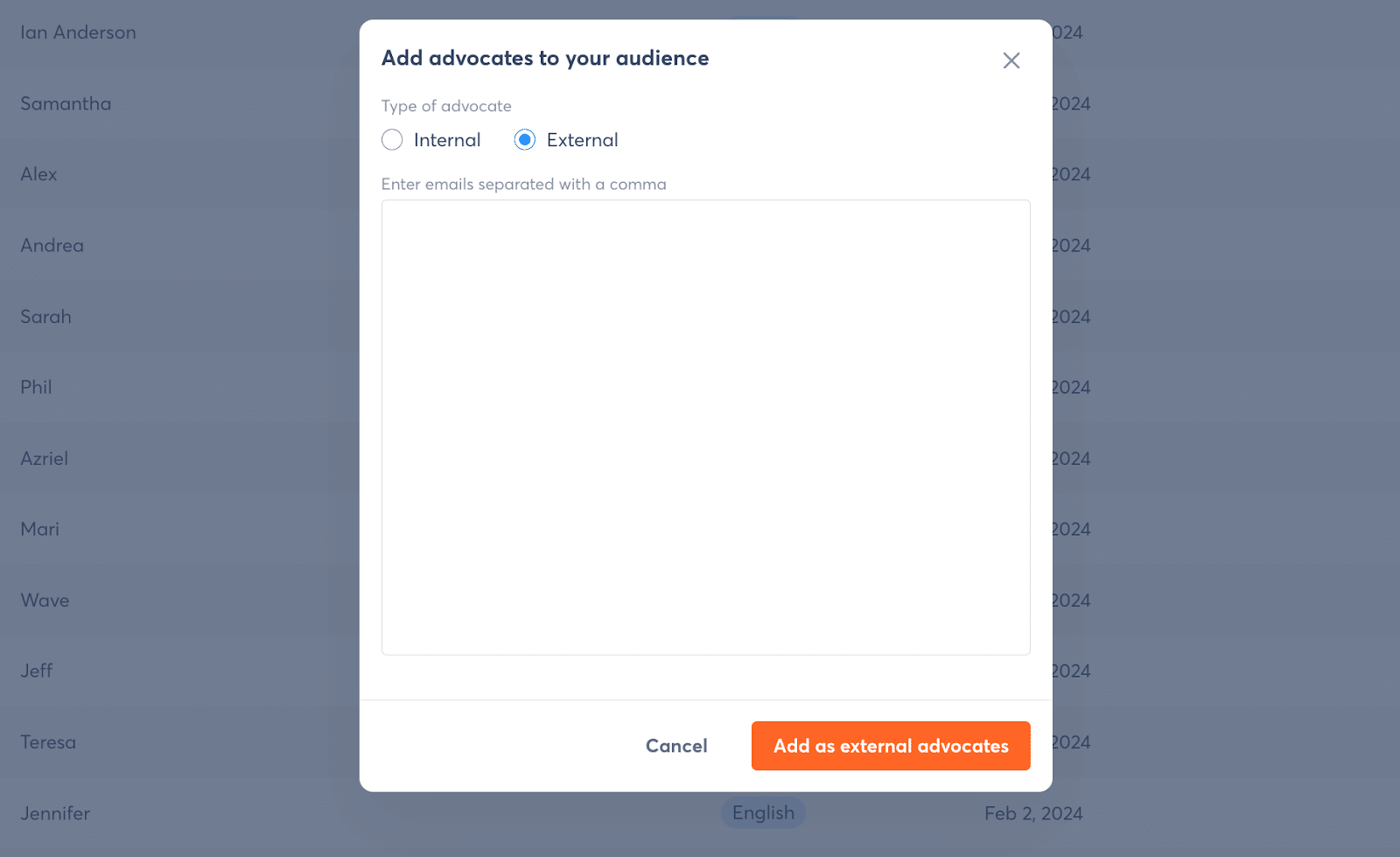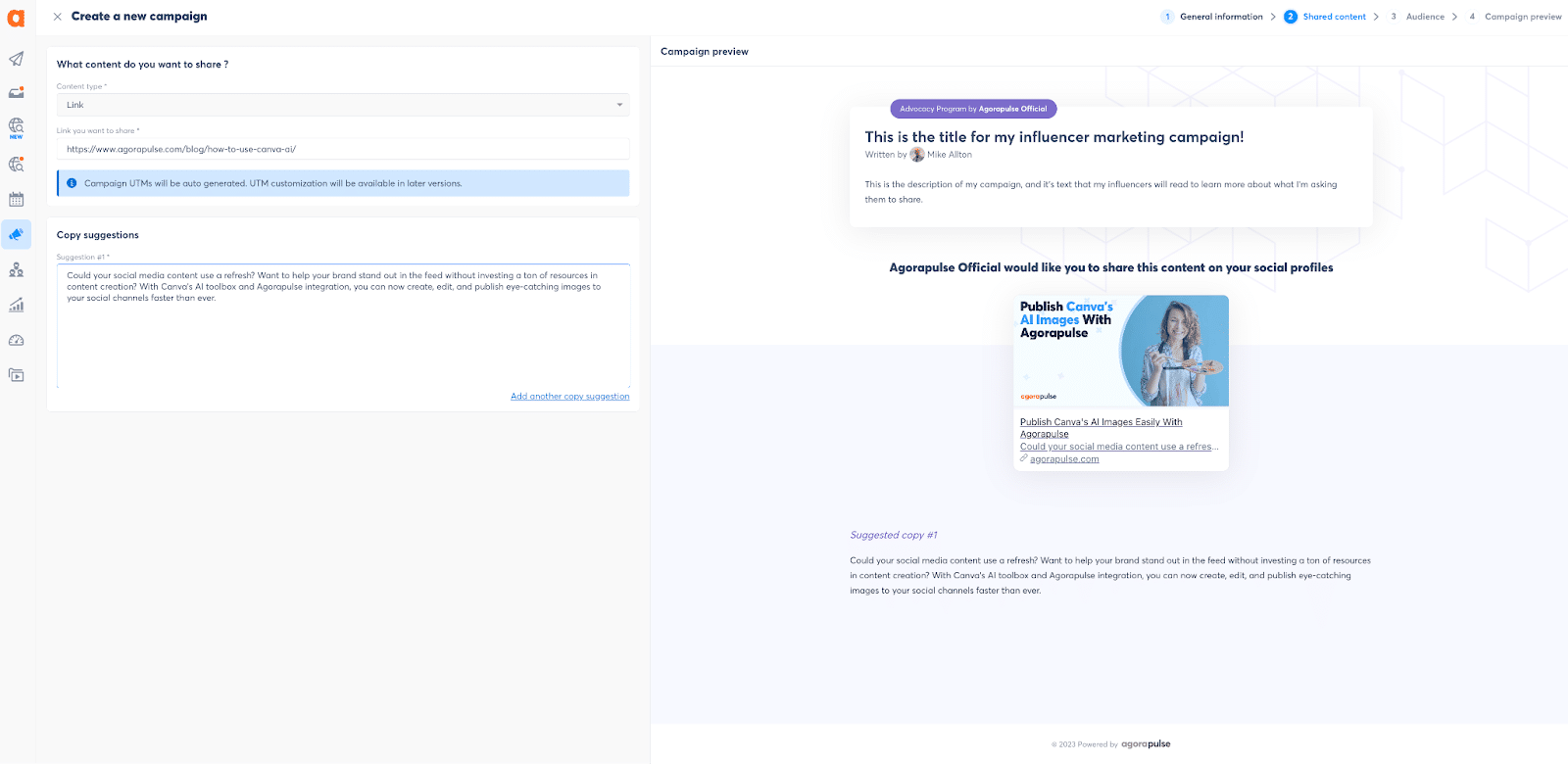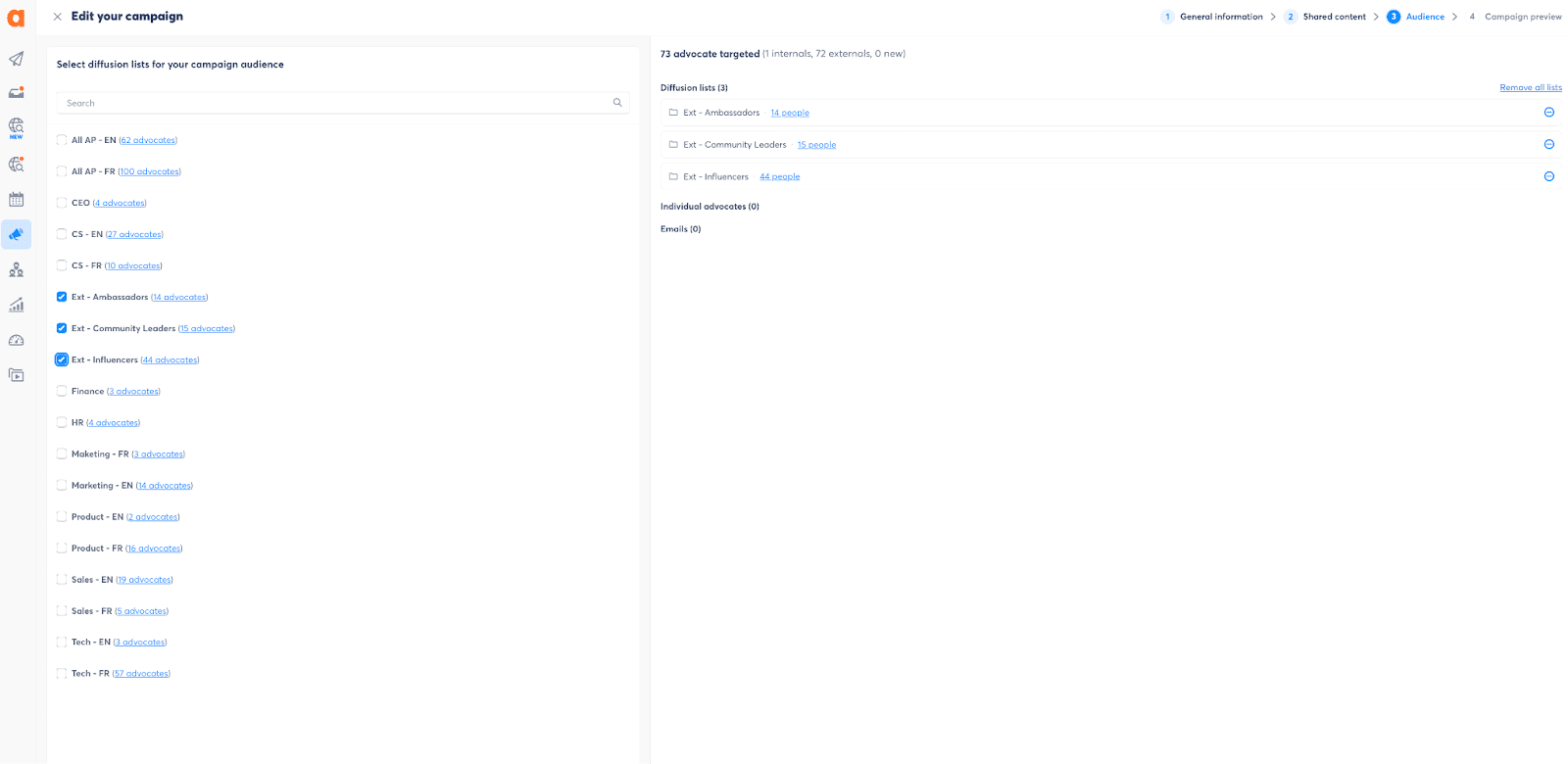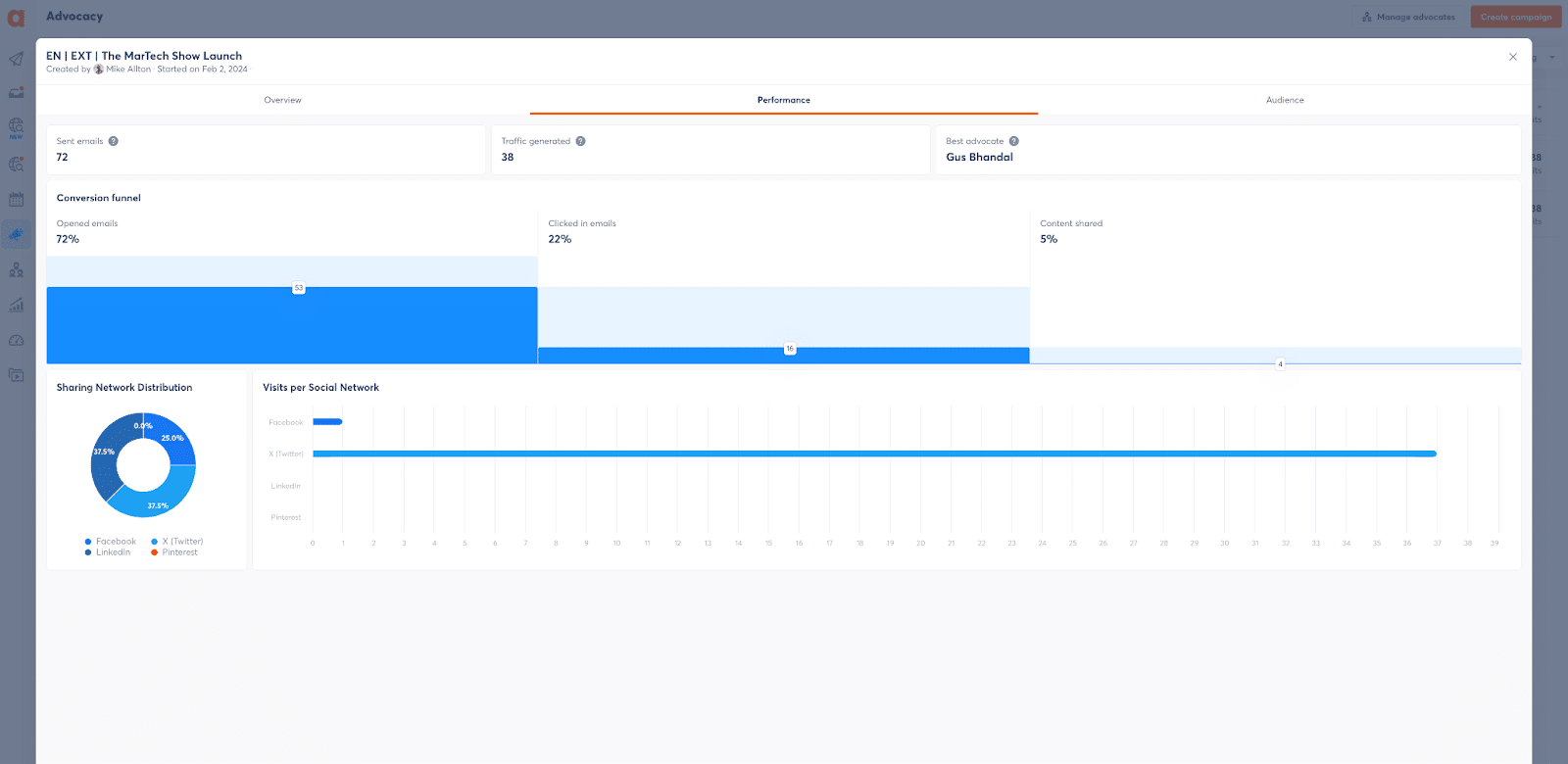Some 31% of social media users discover new products through influencers, according to HubSpot’s recent report.
They’re also gravitating more and more toward micro influencers, who are more relatable, states Marketing Dive.
Which is why the influencer marketing industry continues to grow, and brands continue to invest more into influencers, and increasingly into those micro and nano influencer categories.
Challenges of Influencer Marketing Measurement
Managing and measuring influencer marketing activities, however, continues to be an incredible challenge.
A typical influencer marketing scenario
A business will identify one or more influencers to work with, establish the scope of the campaign, and provide the influencers with unique tracking links that need to be created individually.
That’s doable if you’re only working with one or two influencers. But how about 50 or 100 or more? Creating all those tracking links, let alone communicating them all correctly and swiftly, suddenly becomes a challenge.
Once the links are distributed and the campaign commences, influencers will create content on their select channels and share those links.
The brand will be able to track clicks and results from the links, but will have to work with the influencer to verify which channels the links were shared to and which channels performed the best.
In fact, if the brand wants an influencer to share a link to multiple channels and track the clicks and results from each channel individually, they’ll need unique tracking links for each and every channel.
So, to execute an influencer marketing campaign with an influencer who has engaged audiences on Facebook, Instagram, X and LinkedIn, she’d need four different unique tracking links for each of those channels.
Imagine trying to scale such efforts when working with a dozen or more influencers, and you’ll understand why so many brands either don’t measure influencer marketing at all, or if they do, they do the minimum with a single tracking link that doesn’t differentiate where it was shared.
That’s a problem!
A more strategic approach
As a savvy marketing strategist, you know that the only way to accurately measure the performance of any campaign is to have deep insights into how each channel and initiative performed.
Imagine you’re going to run an influencer marketing campaign to promote an upcoming event, and you tap 10 influencers to help you by sharing to social media about the event. If they’re going to promote on Facebook, LinkedIn and X, and you give them each three different tracking links to use, you’ll get platform-specific data for every influencer.
You’ll know how much traffic and the results each influencer drove. And you may also learn which platforms overall may be best for targeted your audience.
If you learn, for instance, that none of the 10 influencer’s posts to X were effective at driving traffic, you could eliminate that platform from future campaigns. You keep your influencers (and your budget) focused on the platforms where your audience is active and resonating!
The issue remains however: Creating multiple links for every influencer isn’t scalable. Organizations with robust influencer marketing programs are at risk
Or they were … until now.
Agorapulse’s Advocacy Feature: The Influencer Marketing Solution
I have been running Agorapulse’s influencer marketing initiatives since 2018. In that time, I grew our Ambassador program from 10, to 20, to 30, and then to over 70 active influencers! Those individuals represent the absolute top voices in social media marketing and across all of the major social platforms.
Over that time, we have hosted over a dozen massive virtual summits, countless webinars and live video streams, and in-person VIP events, all featuring our amazing Ambassadors. These influencers bring their expertise, authority, and passion for helping social media managers and businesses to each and every event we host, and we love them for it!
We also invite them to join us in social media campaigns. That’s where the challenge lies.
Historically, I could:
- send an email newsletter to all 73 Ambassadors
- use our old Easy Advocacy tool to send a campaign, which would invite them all to share a piece of content to their social channels
Though both methods were successful at prompting our influencers to share something to social media, we lacked insight into how those shares performed—or even where they were shared!
The new Advocacy feature
Starting in November 2023, I began to take advantage of a new amazing feature within Agorapulse, Advocacy. Every campaign I wanted to run afforded me the option of selecting some or all of my influencers, offering them multiple options of social copy.
Each recipient’s shares were individually tracked, giving me deep insight into campaign performance as well as channel performance!
Let me walk you through how it works.
First, you need to build your list of advocates. Those can be internal employees or external influencers! Or both!
That’s how we’re using the Advocacy tool at Agorapulse. We have a list of over 150 internal advocates, with segments of employees depending on language or department, and we have a list of over 70 external advocates, my influencers.
You can add advocates one at a time, or copy and paste in a list of email addresses.
Once you’ve added your advocates, you can segment them however you wish. For employees, it makes great sense to have segments by department. One of the great employee advocacy tactics is to ask your employees to share job openings. That makes the most sense when you’re asking employees from that department to share as they’re the ones most likely to have interested candidates in their LinkedIn audience.
For external advocates, you might want to segment based on geography or target audience, making it easier to stand up campaigns. Once you have a campaign ready to share, you’ll be able to pick and choose which segments (“diffusion lists”) you invite to participate.
Next, you can craft your first campaign. You’ll enter a Title for your campaign and a Description that will be shown to your invited advocates and help them to understand what you’re asking them to do. Then you’ll put in the specific link you want them to share and provide some suggested copy that they’ll be able to copy and paste. You can even give them multiple copy suggestions!
As you can see, Agorapulse’s Advocacy tool will build a preview of the share prompt right there for you. You can see what your influencers will see. This will be delivered to them via email that they’ll click on, open a custom share page that looks like the preview, and will have share buttons on it for Facebook, LinkedIn, X and Pinterest.
Once you’ve built your campaign, you can select from your available lists and advocates:
And then you’re done! All of the advocates you selected will receive an email prompt and a unique page, with unique tracking links, to share that content.
Sign up for a free trial of Agorapulse to see what it can do for you.
Advocacy Campaigns
I ran six campaigns to my influencers using Advocacy, with a variety of objectives:
- 3 campaigns promoted virtual summits.
- 2 campaigns promoted blog posts.
- 1 campaign promoted a new webinar series, The MarTech Show.
Half of the campaigns were geared to marketing agencies. The other half were better suited for social media managers.
I never want to ask too much of my influencers, so I spaced the campaigns about a week apart in late 2023 and then a couple weeks apart in early 2024. So there was never less than one week between requests to share.
It should be noted that currently, Advocacy only supports webpages, not specific social posts. You cannot share a link to a specific LinkedIn company post, for instance, but that’s on the roadmap for development.
Advocacy Campaign Results
Across all six campaigns, we averaged a 72.16% open rate on invitation emails, with an average of 27% of the influencers clicking through to the share page, and 11.56% sharing out the requested content.
We learned that while some influencers pinned posts to Pinterest, that channel did not drive any traffic for these campaigns at all, and may be one we want to exclude in the future, at least for these kinds of posts.
We learned that while advocate support for promoting our Agency Summit: Pinterest Edition the first time was high (30% clicked through, 15% shared, and drove 32 visitors to the event), asking them to promote it again a couple weeks later was less well received. Only 6.76% of influencers shared that second request for the same event, our lowest performing campaign.
Our best performing campaign was a request to share a very popular resource for agencies, “How To Create An Amazing Pitch Deck,” which saw a 78% open rate, 33% CTR, and 16.44% share rate.
The best result from all of these campaigns was the traffic! With an average of 55 visits, those six campaigns drove over 330 visitors to our assets and events. Visitors that we know not only came from influencer marketing campaigns, but we know which influencers and which channels.
For each campaign, we can drill down and see exactly how well the campaign overall performed, which channels performed well, and even who the top advocate was for that campaign.
Additional Advocacy Learnings
Our Ambassador program at Agorapulse is designed to be mutually beneficial. Our ambassadors receive complimentary Agorapulse accounts, swag, and other perks, and they choose when and how they promote the brand. As a result, the Share rates for these campaigns are much lower than they would be for a paid campaign.
Participation rates
Nonetheless, it’s still extremely valuable information as the Advocacy tool tracks each advocate’s participation rate.
If an influencer isn’t helping to share any of our content upon request, that’s OK if they’re doing other things for us like speaking at events. But if at the end of the year an influencer hasn’t participated in any campaigns and hasn’t collaborated with us on any other projects, then it’s an easy conversation to have about how serious they are about being an Agorapulse Ambassador.
Proof of delivery
A brand looking to use Advocacy for paid campaigns has an immediate and automatic proof of delivery. You don’t have to monitor their social channels or wait for them to deliver post links. You can immediately see in the report whether they’ve opened the email, clicked through to the share page, shared the post, and driven traffic.
You can contract with influencers who will agree to create posts from your content, and use Advocacy to issue the links and suggested copy (which you should 100% allow them to modify and be creative). You’ll pay them in advance for participating in the campaign and use Advocacy’s reporting to verify participation and post-campaign performance analysis.
UTM parameters
Agorapulse’s Advocacy tool also makes full use of UTM parameters automatically. It provides you with the campaign tag used, which means you can easily look at Google Analytics to see how each campaign drove results on your website post-click.
While Agorapulse will continue to improve the Advocacy tool, I’m already excited about how easy it’s made it to manage our own influencer marketing campaigns and initiatives, and look forward to continuing to invite some of the absolute greatest social media influencers and advocates to share more about what we’re up to.
